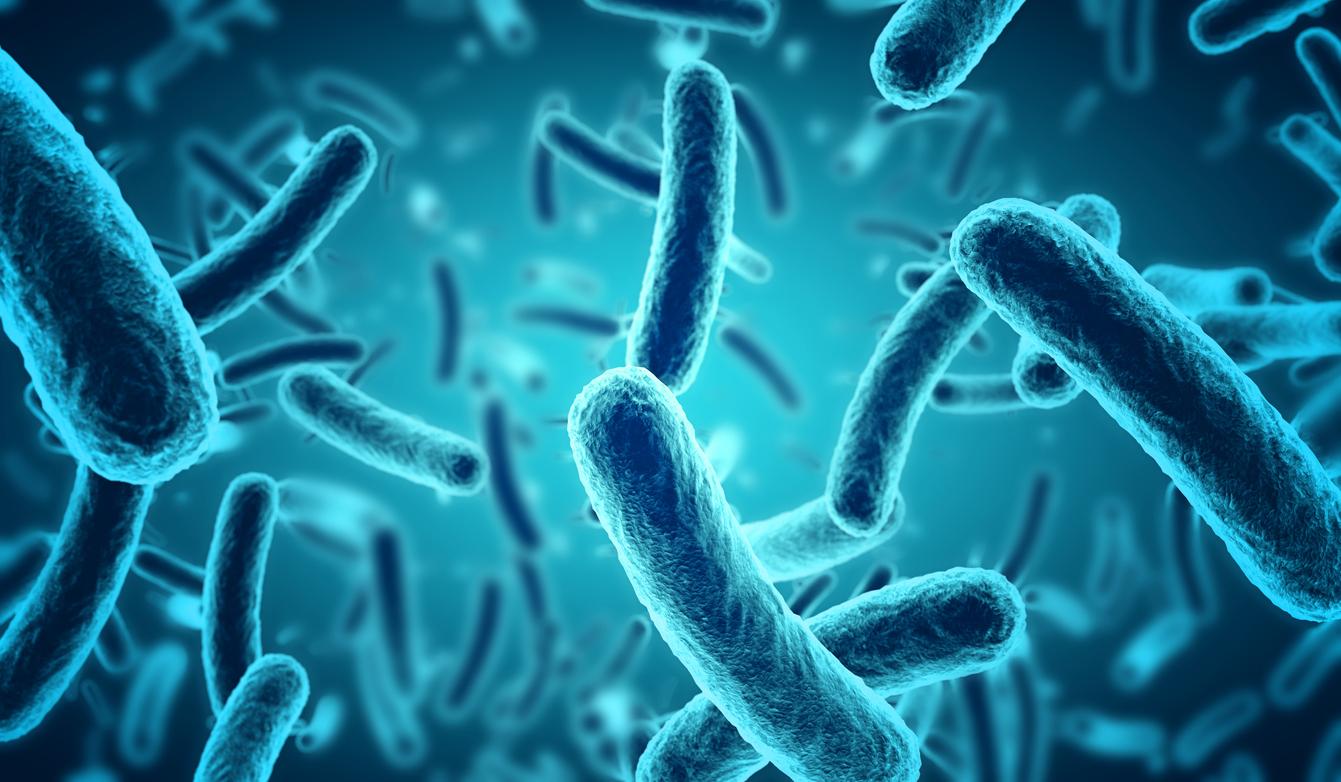Its name: adipocyte. Its function: cell for storing fat. Understanding the functioning of the adipocyte has made it possible to understand the mechanism of excess weight gain.

- An obese person can have up to 10 times more cells than an individual with a normal BMI.
- Adipose tissue is now considered to be an organ that interacts with the brain, the liver or even the muscles.
In humans, their number increases rapidly, then slows down until the age of 15 when, theoretically, the ideal, 20 billion cells, is reached and should no longer move. When a human grows in proportions that he considers “acceptable”, the number of fat cells does not increase. They grow and can multiply their size by 50, thus forming pretty rolls! However, when all the reserves are full, the body, never refusing abundance, is capable of manufacturing new cells in frightening proportions: 200 billion hypertrophied adipocytes in the very obese, ten times more than in an individual normal ! When you lose weight, these excess cells do not disappear. We can empty them of their fat overload, but we can never reduce their number, except with a fairly brutal practice, very fashionable in aesthetic clinics, called liposuction. When adipocytes have learned to store too much from an early age, especially during adolescence, when outings are rare due to inactivity, fat ages in the cell and becomes much less consumable. The adipocytes then group together in packets, separated by fibrous spans that permanently trap fat: cellulite. This is also the reason why it is very easy to regain the weight lost after stopping most diets.
Fat is in constant dialogue with our brain
Fat, also known as adipose tissue, is not just a means of storing fat. It fulfills several physiological functions, in particular the production of a whole cocktail of important molecules. In the event of obesity, it becomes dangerous for health, but it could well be, according to very recent studies, that it contains the resources necessary to fight against overweight.
We don’t care about pot bellies… However, these excess fat masses that hinder movement do not deserve all this contempt. On the contrary, adipose tissue has become the object of attention for a good ten years by many researchers, biologists and doctors. It is no longer, as it was thought for years, an amorphous, low quality tissue, solely dedicated to the storage of fat. It is considered today as a real organ, producing a certain number of molecules which dialogue with the brain, the liver, the muscles, the heart… A real revolution!
In particular, the adipocyte is considered to be the producer of a hormone, leptin, which “communicates” with the brain to control food intake…
Or even adiponectin, which has effects on insulin sensitivity… But this biochemical mechanism, even more precise than a Swiss clock system, can be disrupted by excessive fat storage. Thus, a hypertrophied adipocyte will produce less adiponectin, ie it will be less sensitive to insulin, and therefore less likely to release fatty acids… That’s not all. In a situation of obesity, adipocytes are almost considered by researchers as cells losing control. Very recently, they demonstrated the responsibility of these adipocytes in the production of irrational quantities of inflammatory molecules which then disturb the surrounding tissues. It is for this reason that deep abdominal fat is considered a major risk factor: diabetes, hypertension, coronary heart disease, but also certain cancers of the breast, colon…
The better understanding of adipose tissue and the biochemical processes triggered by obesity makes it possible to seek new therapeutic avenues. For example, by allowing the adipocyte to regain control of the production of inflammatory molecules.
There are also other avenues of research. For example, adipocyte precursor cells that are still present in adipose tissue. These cells can transform either into a white adipocyte, that is to say a storage cell, or into a brown adipocyte, a much smaller cell which has the capacity to burn and consume fat to produce heat. These cells are used in animals for the mechanisms of hibernation… In the same way in humans, they are active in babies to maintain heat. In 2009, teams showed that adults still have brown adipocytes… It was thought that brown adipocytes were no longer active in humans, but researchers have reconsidered this hypothesis.
Thus, adipose tissue is far from being just a common reservoir of fat. It plays many physiological roles, and paradoxically, it could well harbor the resources needed to fight obesity.
















